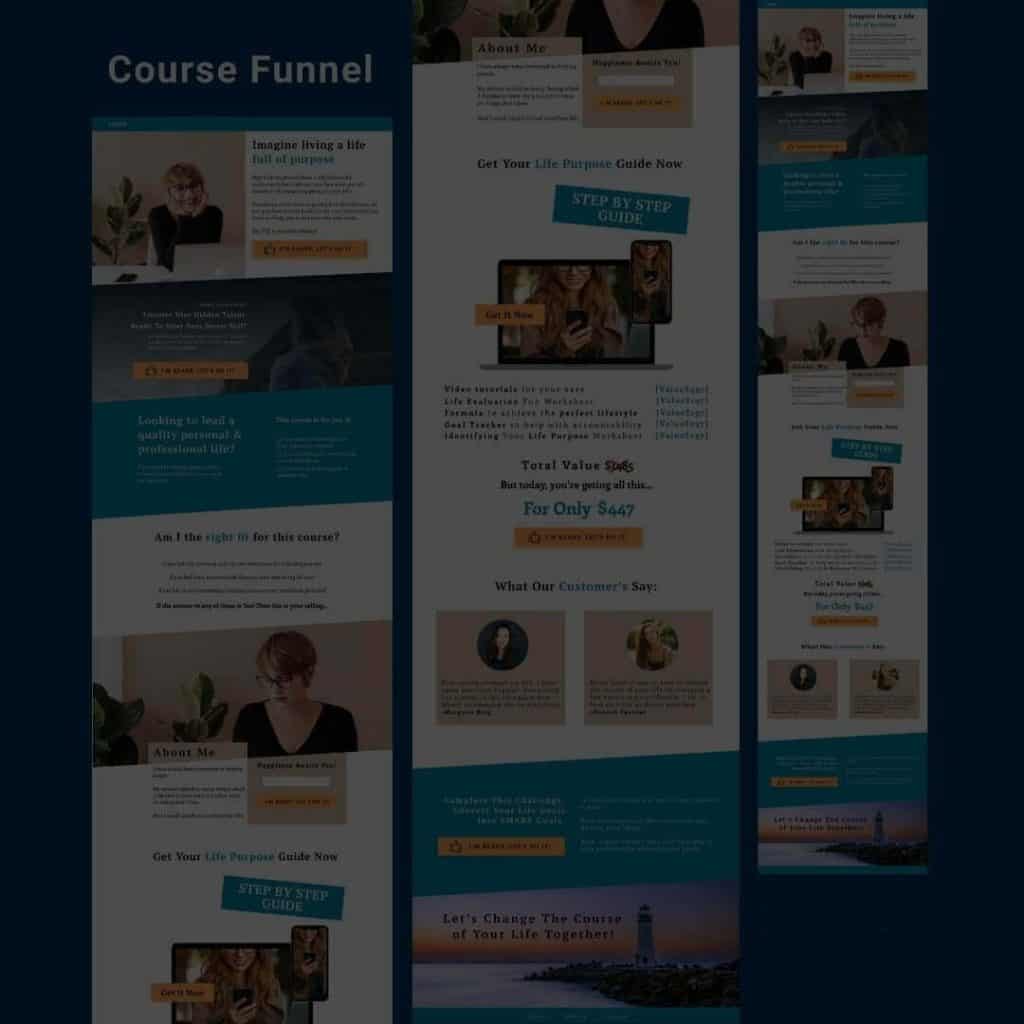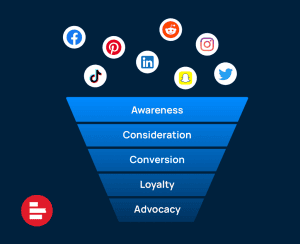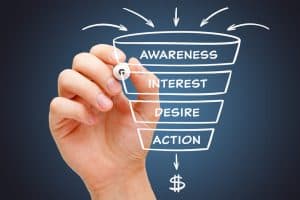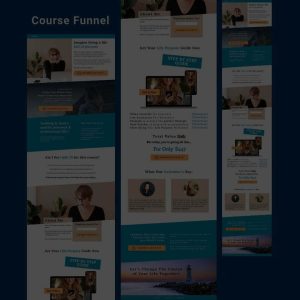In the world of digital marketing, creating high-converting funnel pages is a game-changer for businesses looking to drive sales and achieve success. This blog explores the importance of funnel pages and their role in guiding potential customers through the sales process. From understanding the components of a successful funnel page to optimizing conversion rates, we delve into the strategies and tactics that can help businesses create high-converting funnel pages and boost their sales.
- The Fundamentals of Funnel Pages: We begin by explaining the concept of a sales funnel and how it works. We explore the different stages of the funnel, including awareness, consideration, and conversion. By understanding the fundamentals of a sales funnel, businesses can design effective funnel pages that cater to each stage and drive prospects closer to making a purchase.
- Defining the Purpose and Goals: Every funnel page serves a specific purpose and has unique goals. We discuss the importance of defining clear objectives for each funnel page, whether it’s capturing leads, promoting a product, or encouraging sign-ups. By aligning the purpose and goals, businesses can create targeted and focused funnel pages that cater to the needs and interests of their target audience.
- Compelling Headlines and Persuasive Copy: The headline and copy on a funnel page play a crucial role in capturing the attention of visitors and persuading them to take action. We explore strategies for creating compelling headlines and persuasive copy that address pain points, highlight benefits, and create a sense of urgency. By crafting engaging and persuasive content, businesses can increase the likelihood of conversion on their funnel pages.
- Design and Visual Appeal: The design and visual appeal of a funnel page can significantly impact its conversion rates. We discuss the importance of clean and user-friendly designs, attention-grabbing visuals, and consistent branding. By creating visually appealing and intuitive funnel pages, businesses can build trust, enhance user experience, and increase the chances of conversion.
- Call-to-Action Optimization: A well-optimized call-to-action (CTA) is crucial for guiding visitors towards the desired action on a funnel page. We explore best practices for designing effective CTAs, including placement, color choice, wording, and button design. By optimizing CTAs, businesses can improve click-through rates, increase conversions, and maximize the effectiveness of their funnel pages.
- Social Proof and Testimonials: Social proof and testimonials are powerful tools in building trust and credibility. We discuss the importance of incorporating social proof elements, such as customer testimonials, reviews, and case studies, into funnel pages. By showcasing positive experiences and satisfied customers, businesses can instill confidence in visitors and boost conversion rates.
- A/B Testing and Conversion Rate Optimization: A/B testing is a vital strategy for optimizing funnel pages and improving conversion rates. We explore the importance of testing different elements, such as headlines, copy, visuals, and CTAs, to determine the most effective variations. By continuously testing and optimizing funnel pages based on data-driven insights, businesses can refine their strategies and achieve higher conversion rates.
- Tracking and Analytics: Tracking and analytics are essential for measuring the performance of funnel pages. We discuss the importance of implementing tracking tools, such as Google Analytics, to gain insights into key metrics like conversion rates, bounce rates, and user behavior. By analyzing data and making data-driven decisions, businesses can refine their funnel pages and drive even greater sales success.
Creating high-converting funnel pages is a critical component of successful sales and marketing strategies. By understanding the fundamentals of funnel pages, defining clear goals, crafting compelling content, optimizing CTAs, leveraging social proof, and continuously testing and tracking performance, businesses can maximize their conversion rates and drive sales success. The key lies in creating a seamless and persuasive journey











